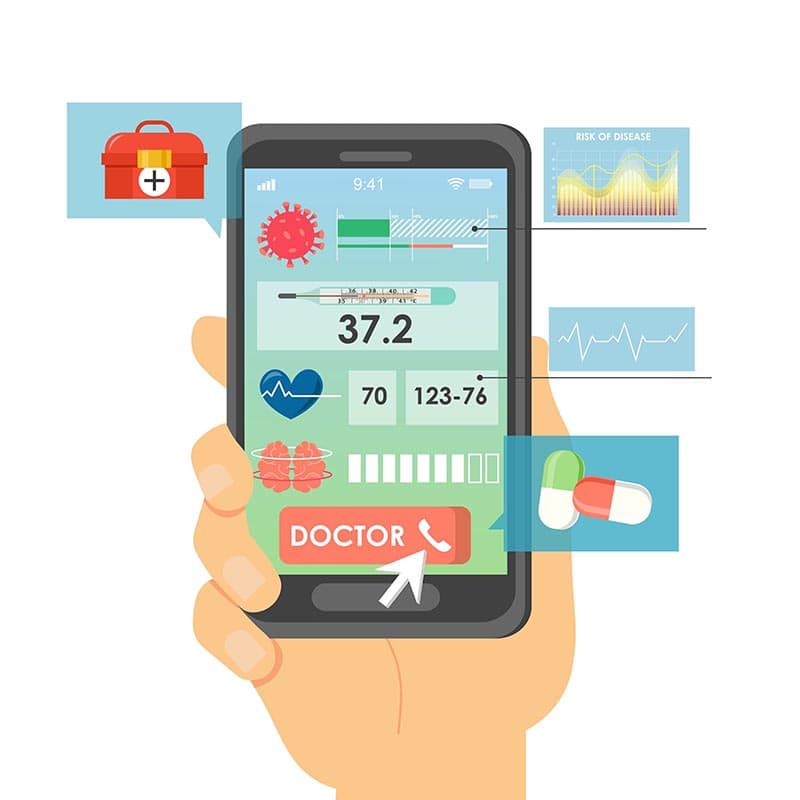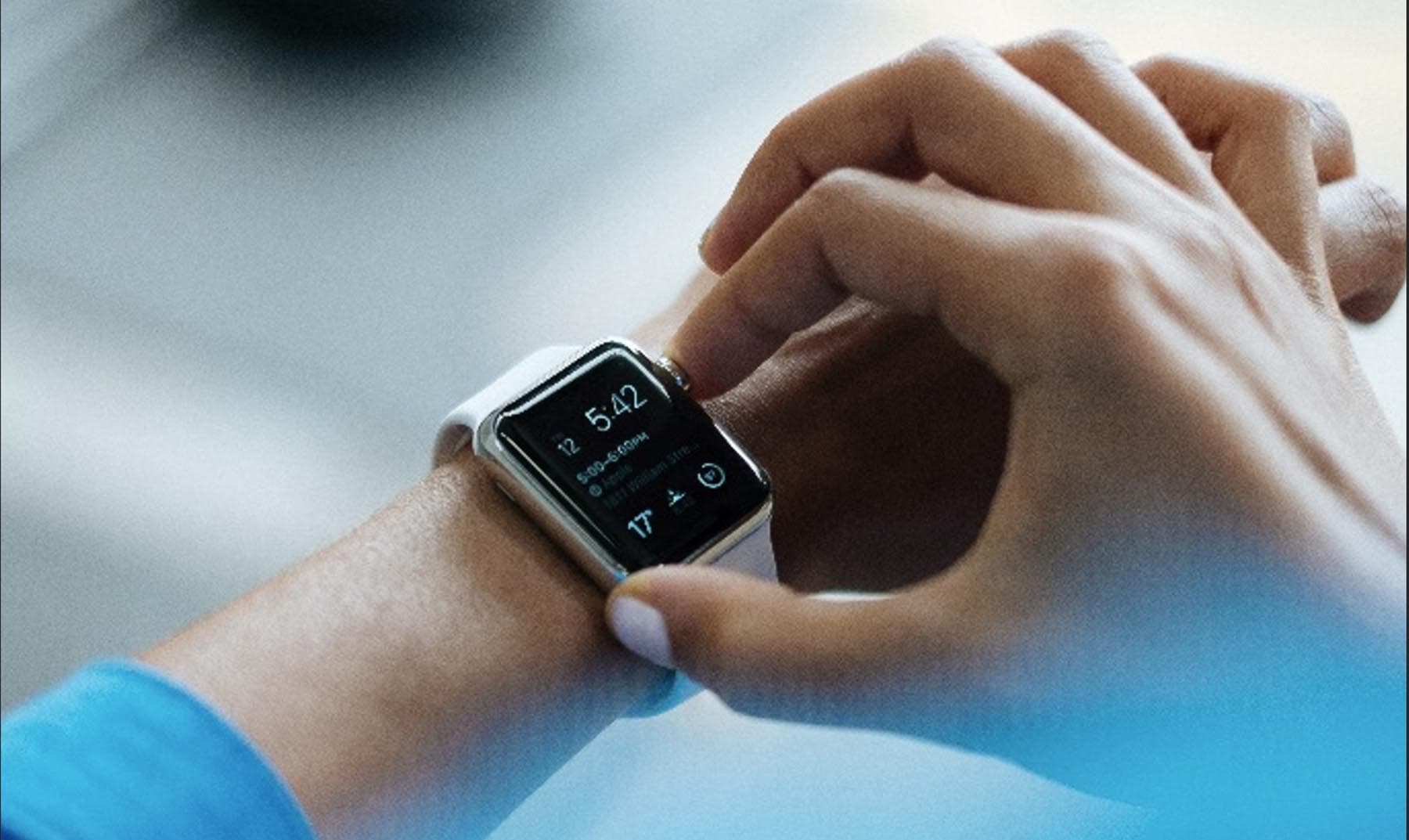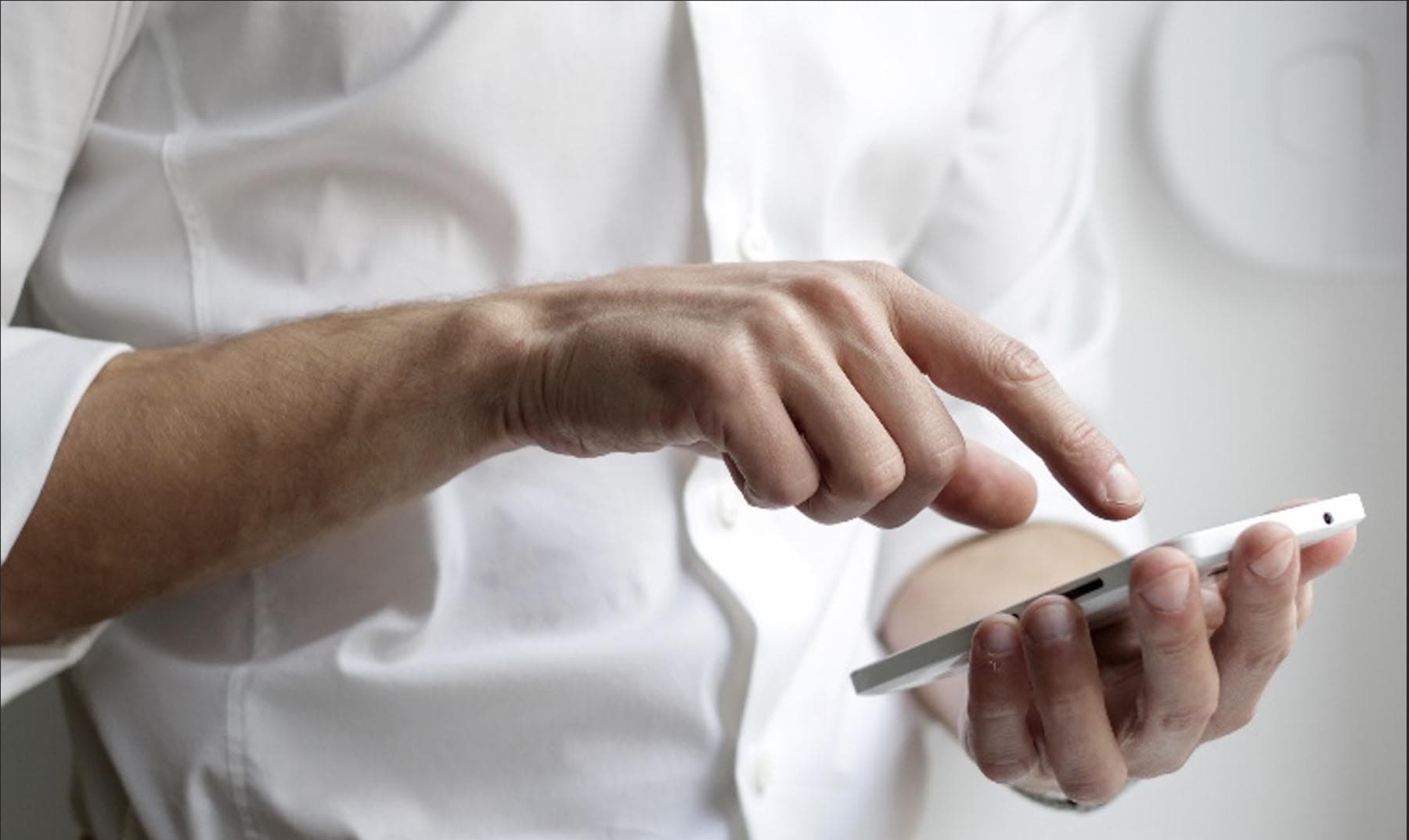Introduction
Mobile Health (M-Health) technology, using mobile devices like smartphones and tablets, has been rapidly advancing globally to provide practical health-promoting approaches, extending health surveillance, gathering health-related data, and allowing self-monitoring of dietary behaviours (World Health Organization, 2018). This technology has proven useful in implementing lifestyle changes, preventing diseases, managing conditions such as diabetes, and promoting behavioural adaptations. In this article, we will discuss the trends and predictions for the future of websites and mobile apps as medical devices and how they are transforming healthcare delivery.
The current state of websites and mobile apps as medical devices
Web and mobile apps are gaining recognition as valuable medical tools in healthcare delivery. These technologies offer a range of advantages, including monitoring of chronic conditions, telemedicine consultations, and personalized care. Examples of web and mobile apps functioning as medical devices include blood glucose monitors, wearable fitness trackers, and telemedicine platforms. Healthcare providers utilize these technologies to monitor patient well-being remotely while providing personalized care through timely health information. Patients can also leverage these technologies to keep track of their health metrics, manage chronic conditions effectively, and access healthcare services from the convenience of their homes (Ross, 2019).
Overall, the use of websites and mobile apps as medical devices is transforming healthcare delivery by providing patients and healthcare providers with increased access to real-time health information and personalized care. They can also reduce healthcare costs by eliminating the need for in-person consultations and allowing patients to manage their health conditions from home.
Trends and predictions for the future of websites and mobile apps as medical devices
The future of medical devices, in the form of web and mobile apps, looks promising, with emerging trends and predictions for the years to come. One notable trend is the increasing utilization of intelligence (AI) and machine learning algorithms in these technologies. AI-driven web and mobile apps have the potential to offer personalized health recommendations based on real-time data and assist healthcare providers in detecting early signs of chronic conditions (Mobile Technology in Healthcare: Trends and Benefits, 2021).
Another significant trend is the growing popularity of wearable medical devices. Patients can wear these devices to monitor health indicators like heart rate, blood pressure, and oxygen saturation levels. They also prove beneficial for managing conditions such as diabetes and asthma, enabling patients to take charge of their well-being from the comfort of their homes (Nielsen, 2014).
The challenges and risks of websites and mobile apps as medical devices
Integrating wearable devices with web and mobile apps creates a seamless ecosystem that empowers individuals to manage their health proactively. The Food and Drug Administration (FDA) has released guidelines for the use of these technologies, but they are not legally binding and are often ignored by developers (Schoenfeld et al., 2016). This can lead to serious problems, such as inaccurate readings and unreliable data. For instance, Plante et al. (2016) discovered that a widely used smartphone app for measuring blood pressure was inaccurate on the market.
Additionally, Murakami et al. (2016) highlighted the inconsistency in the market. Murakami et al. (2016) also highlighted the inaccuracy of wearable devices designed to measure energy expenditure. It is, therefore, essential to enhance regulatory oversight and ensure that developers comply with established guidelines to ensure the safe and effective use of websites and mobile apps as medical devices.
In addition, there is also a risk that these technologies may be used to discriminate against patients based on their health conditions or other factors. For example, an employer could use an employee’s health data to deny them a promotion or even terminate their employment. Similarly, insurance companies could use health data to deny coverage or charge higher premiums to individuals with pre-existing conditions. Therefore, it is vital to ensure proper measures are in place to protect patients’ privacy and prevent discrimination.
Conclusion
In conclusion, web and mobile apps used as medical devices have the potential to revolutionize healthcare delivery by providing real-time health information and personalized care to patients and healthcare providers. There are promising trends and predictions for the future of these technologies, including an increased emphasis on AI capabilities and wearable medical devices. However, it is crucial to acknowledge the associated challenges and risks, such as oversight and ethical concerns. As we witness the growing adoption of these technologies, it will be essential to find ways to balance the benefits with the risks and challenges.
References
Galetsi, P., Katsaliaki, K., & Kumar, S. (2022). Exploring benefits and ethical challenges in the rise of mHealth (mobile healthcare) technology for the common good: An analysis of mobile applications for health specialists. Technovation, 121, 102598. https://doi.org/10.1016/j.technovation.2022.102598
Mobile technology in healthcare: Trends and benefits. (2021, October). Maryville University. Retrieved April 15, 2023, from https://online.maryville.edu/blog/mobile-technology-in-healthcare/
Murakami, H., Kawakami, R., Nakae, S., Nakata, Y., Ishikawa-Takata, K., Tanaka, S., & Miyachi, M. (2016). Accuracy of Wearable Devices for Estimating Total Energy Expenditure. JAMA Internal Medicine, 176(5), 702. https://doi.org/10.1001/jamainternmed.2016.0152
Nielsen. (2014, April). iHealth: How consumers are using tech to stay healthy. Retrieved April 14, 2023, from https://www.nielsen.com/insights/2014/ihealth-how-consumers-are-using-tech-to-stay-healthy/
Plante, T. B., Urrea, B., MacFarlane, Z. T., Blumenthal, R. S., Miller, E. R., Appel, L. J., & Martin, S. S. (2016). Validation of the Instant Blood Pressure Smartphone App. JAMA Internal Medicine, 176(5), 700. https://doi.org/10.1001/jamainternmed.2016.0157
Ross, M. (2019, September 12). What are the benefits of mobile health technology? Comprehensive Medication Management. Retrieved April 12, 2023, from https://blog.cureatr.com/benefits-of-mobile-health-technology
Schoenfeld, A. J., Sehgal, N., & Auerbach, A. D. (2016). The Challenges of Mobile Health Regulation. JAMA Internal Medicine, 176(5), 704. https://doi.org/10.1001/jamainternmed.2016.0326
World Health Organization. (2018). mHealth: Use of appropriate digital technologies for public health. In World Health Organization. Retrieved April 12, 2023, from https://apps.who.int/gb/ebwha/pdf_files/WHA71/A71_20-en.pdf
Author: Teo Yuan Hui, Life Science Consultant, KVALITO.
KVALITO is a strategic partner, global quality and compliance service, and network for regulated industries. To find out more, please visit us at www.kvalito.ch. If you would like to benefit from KVALITO’s expert services, please send us an email at contact@kvalito.ch. Are you looking for an exciting and challenging position as a consultant, or are you an ambitious student/graduate looking for an internship? Please send your complete application to recruiting@kvalito.ch.







